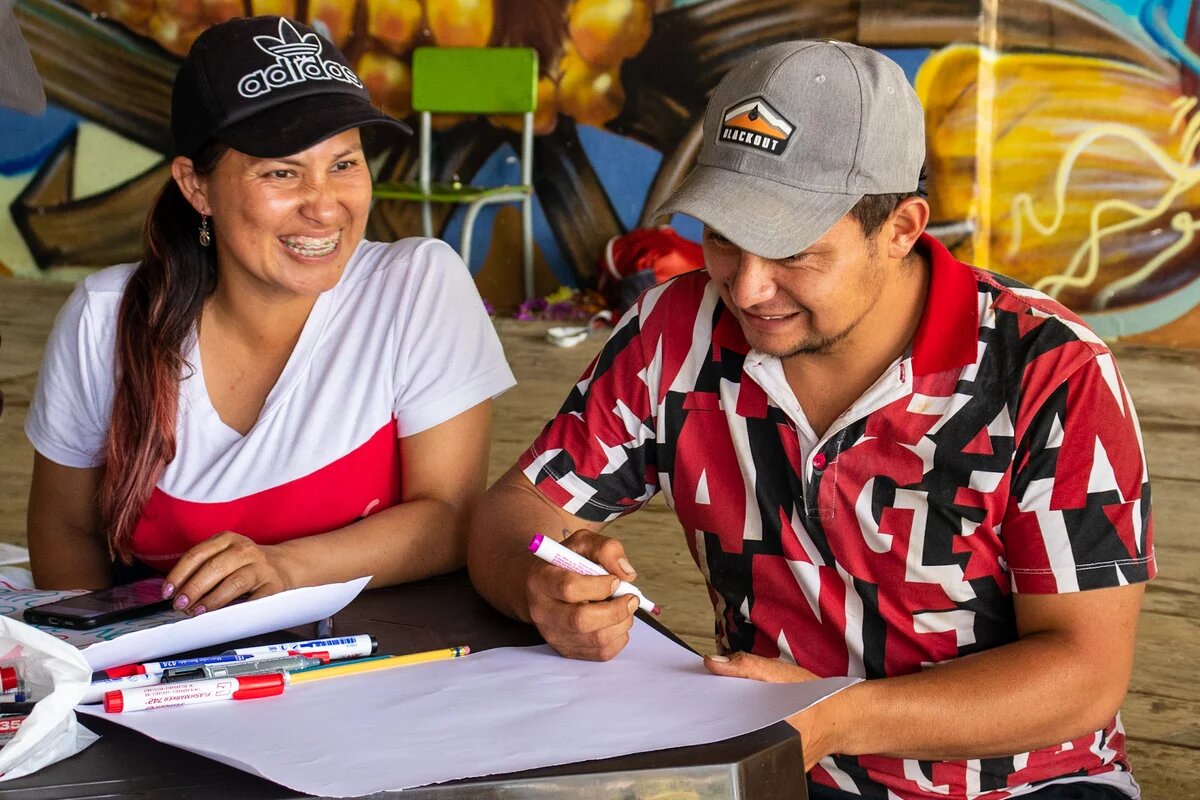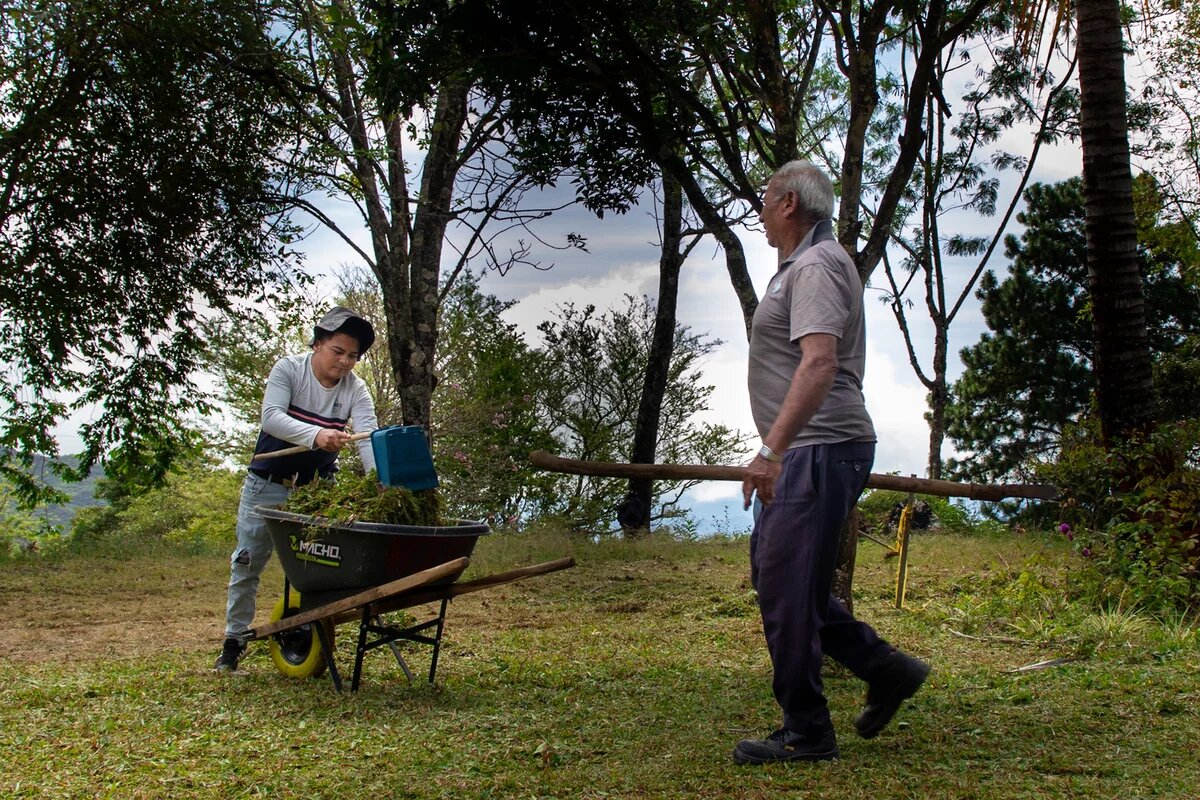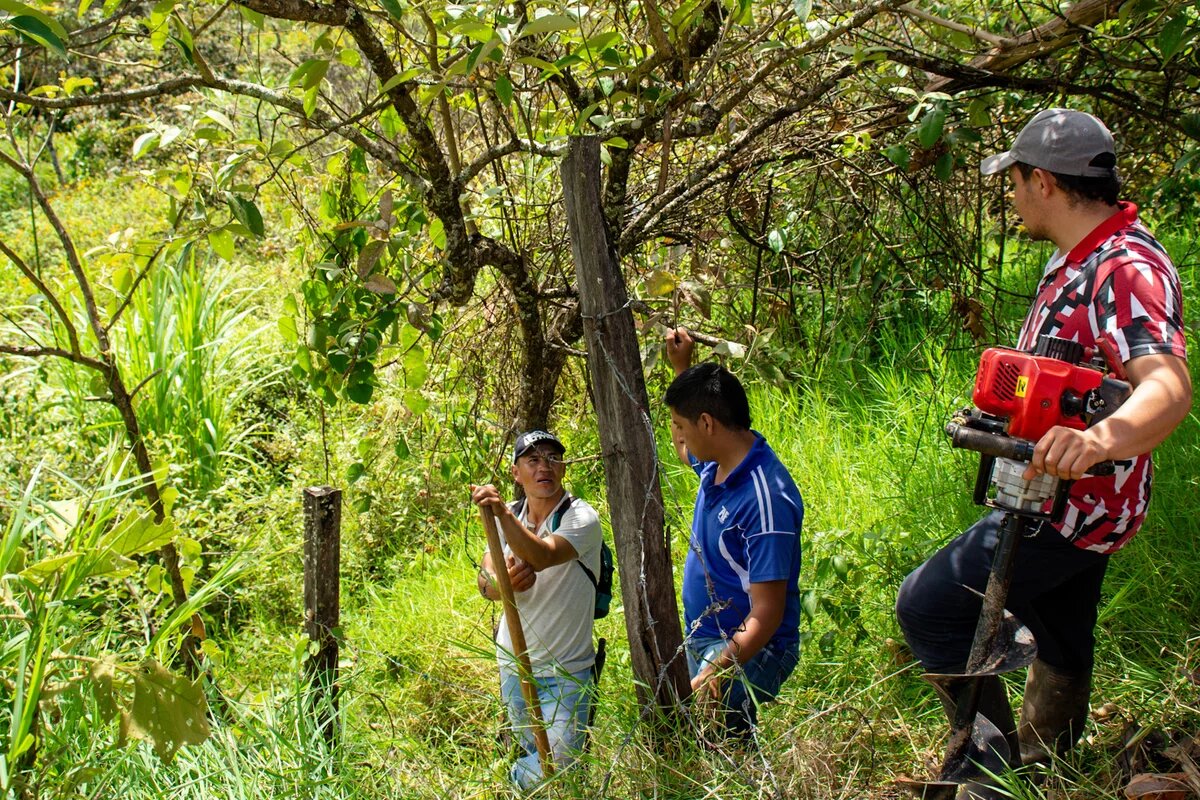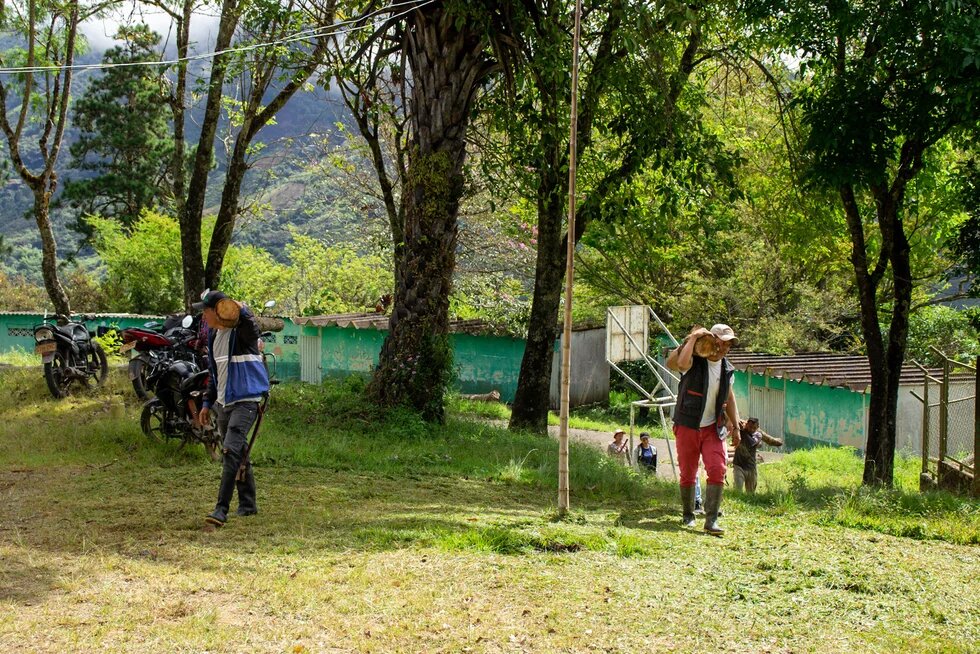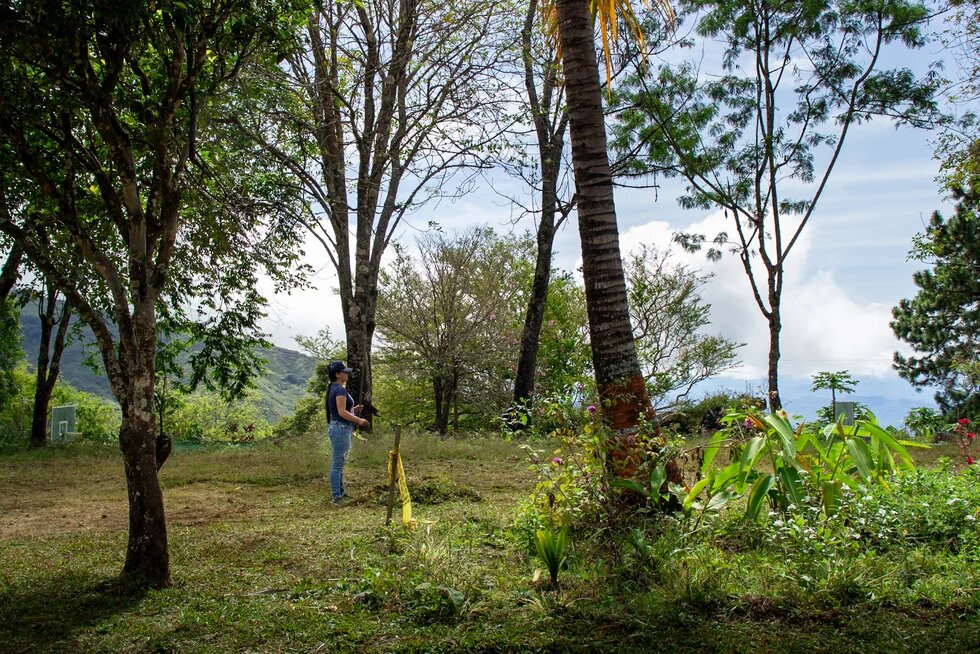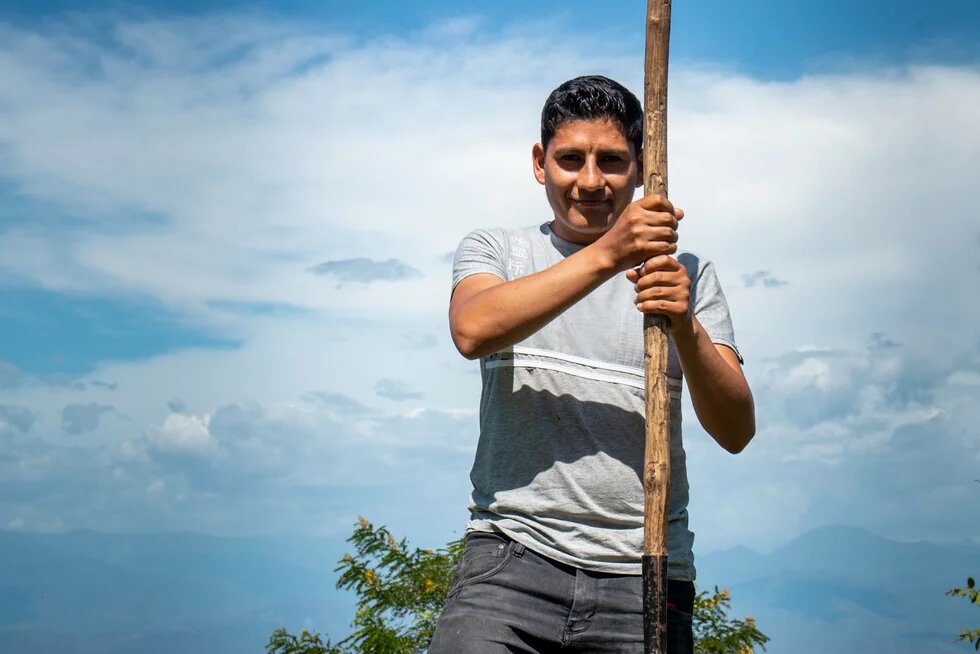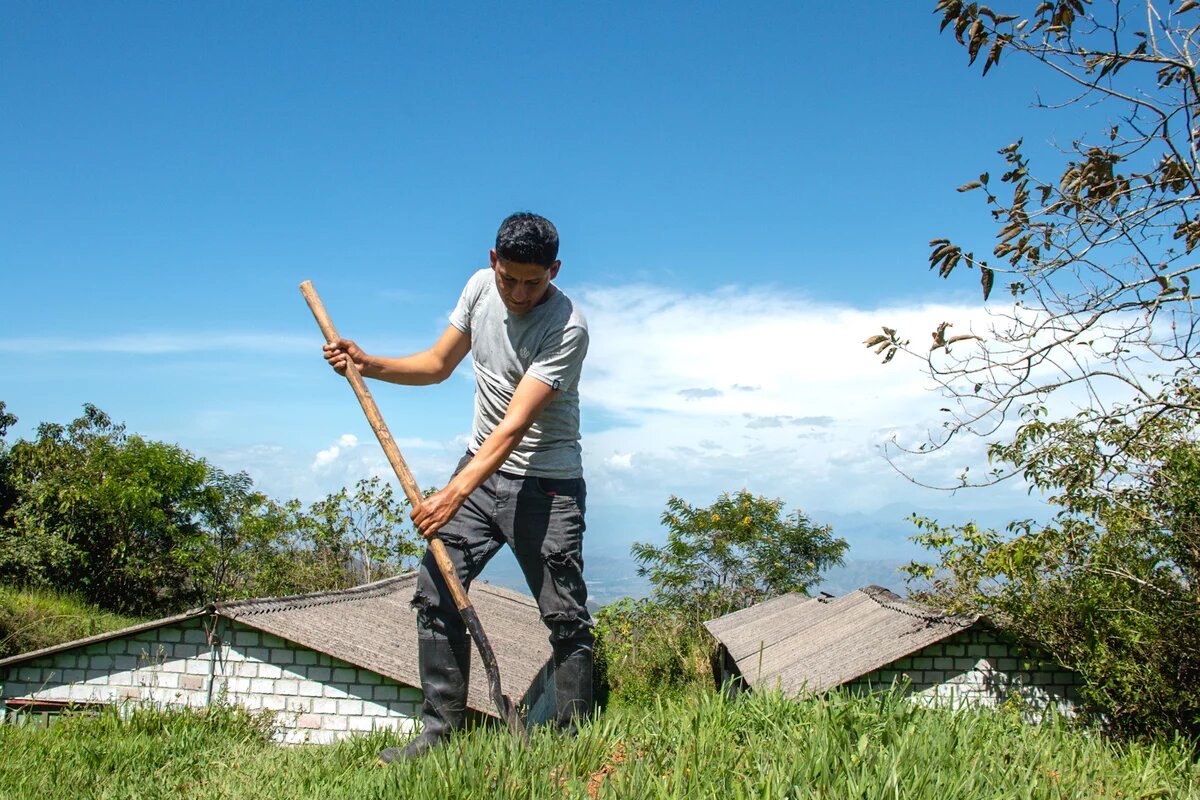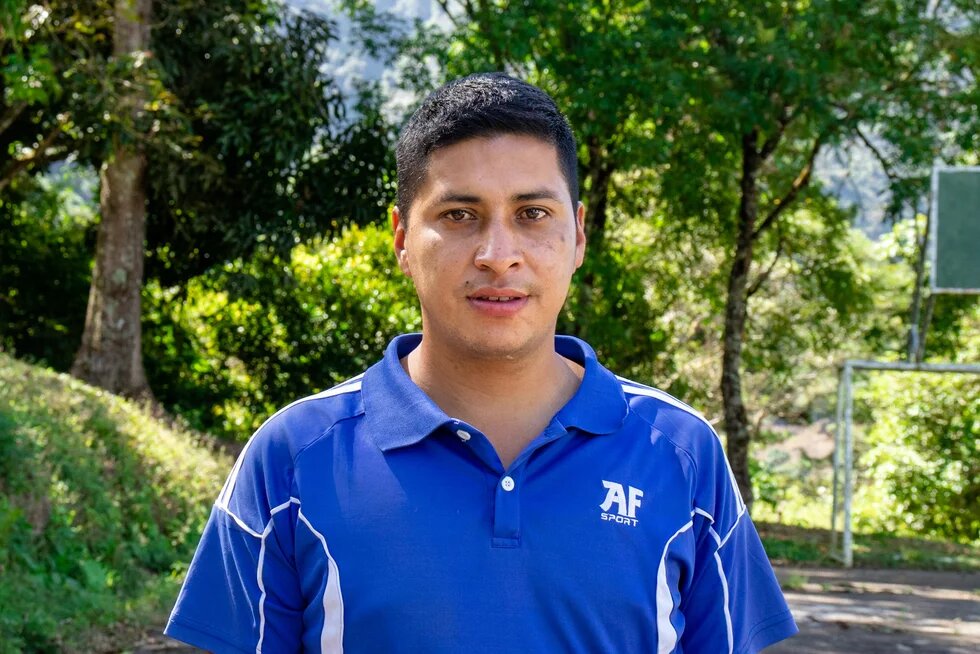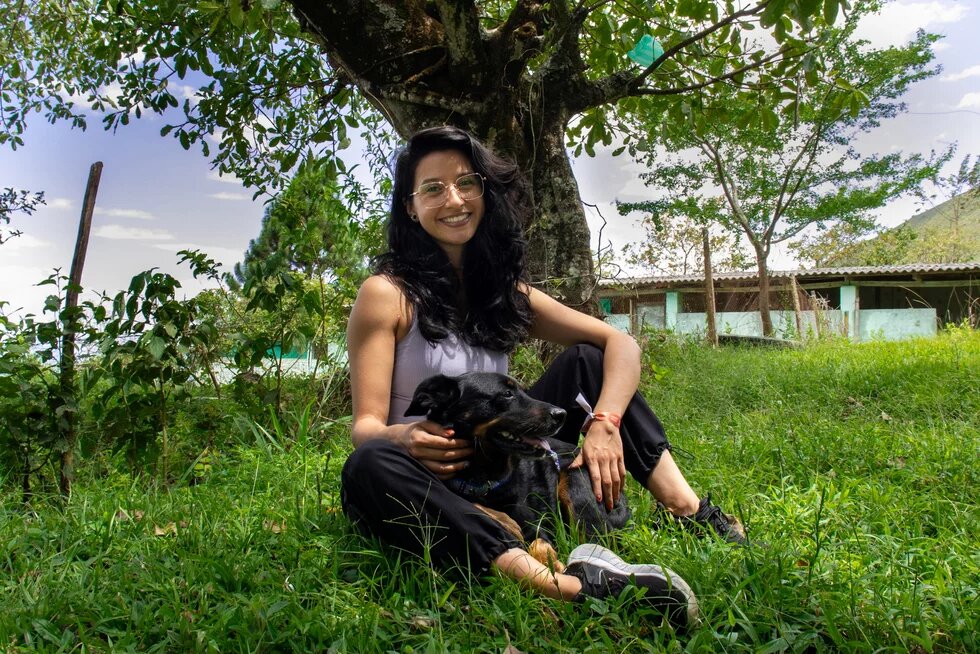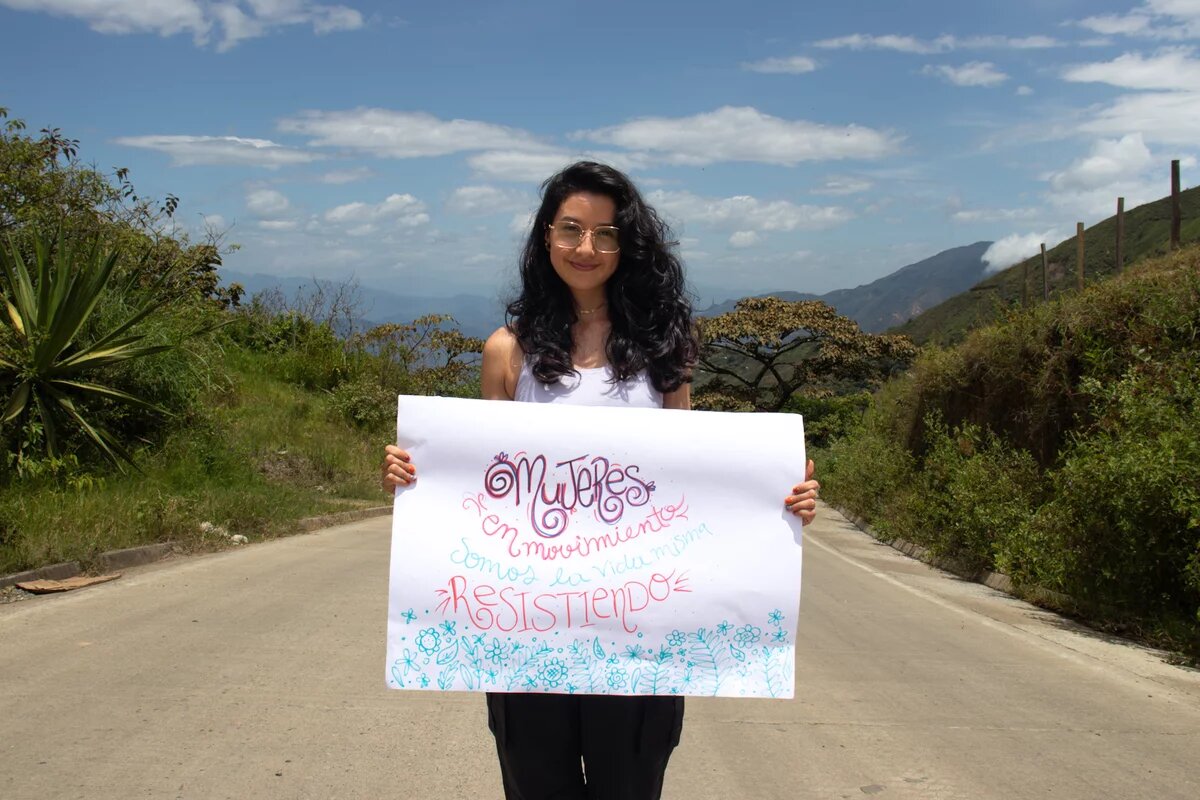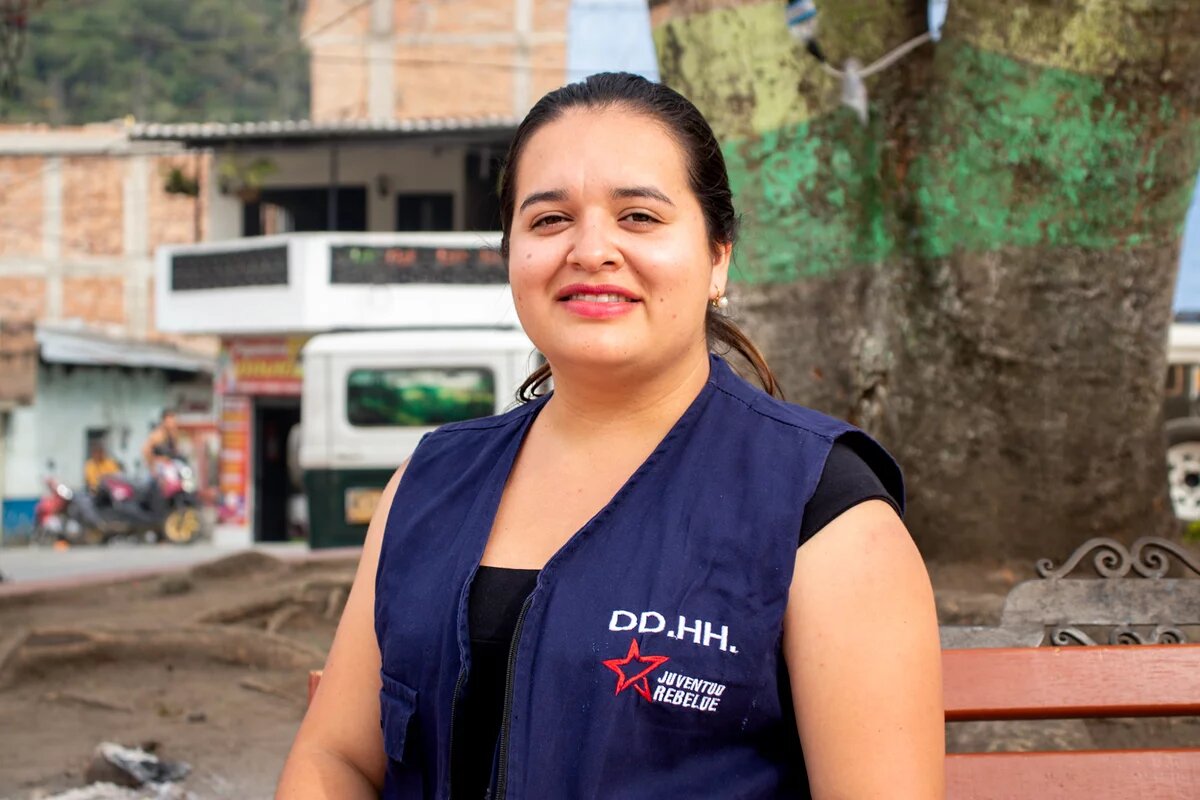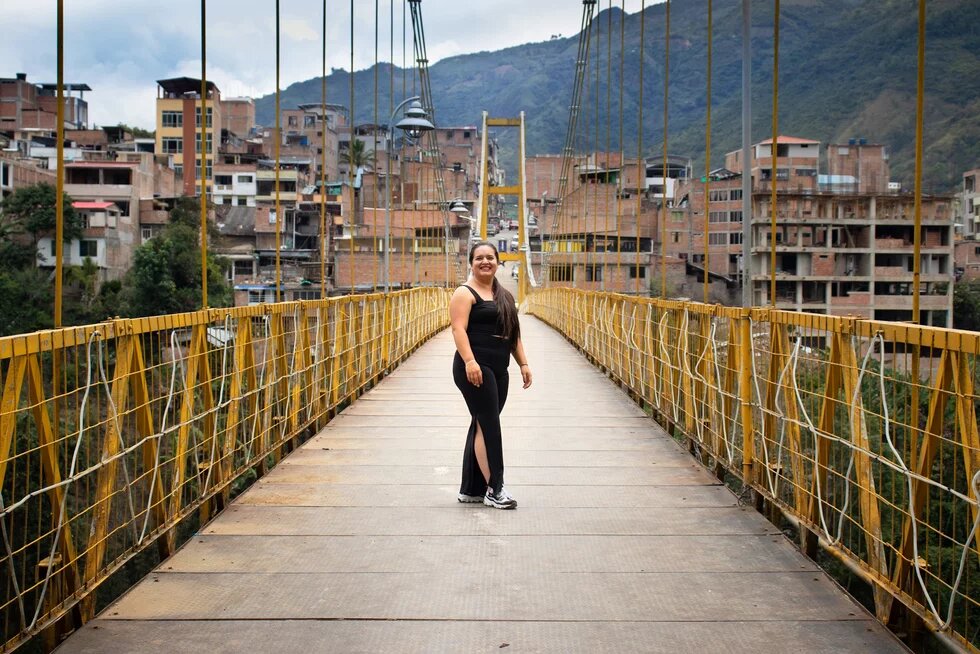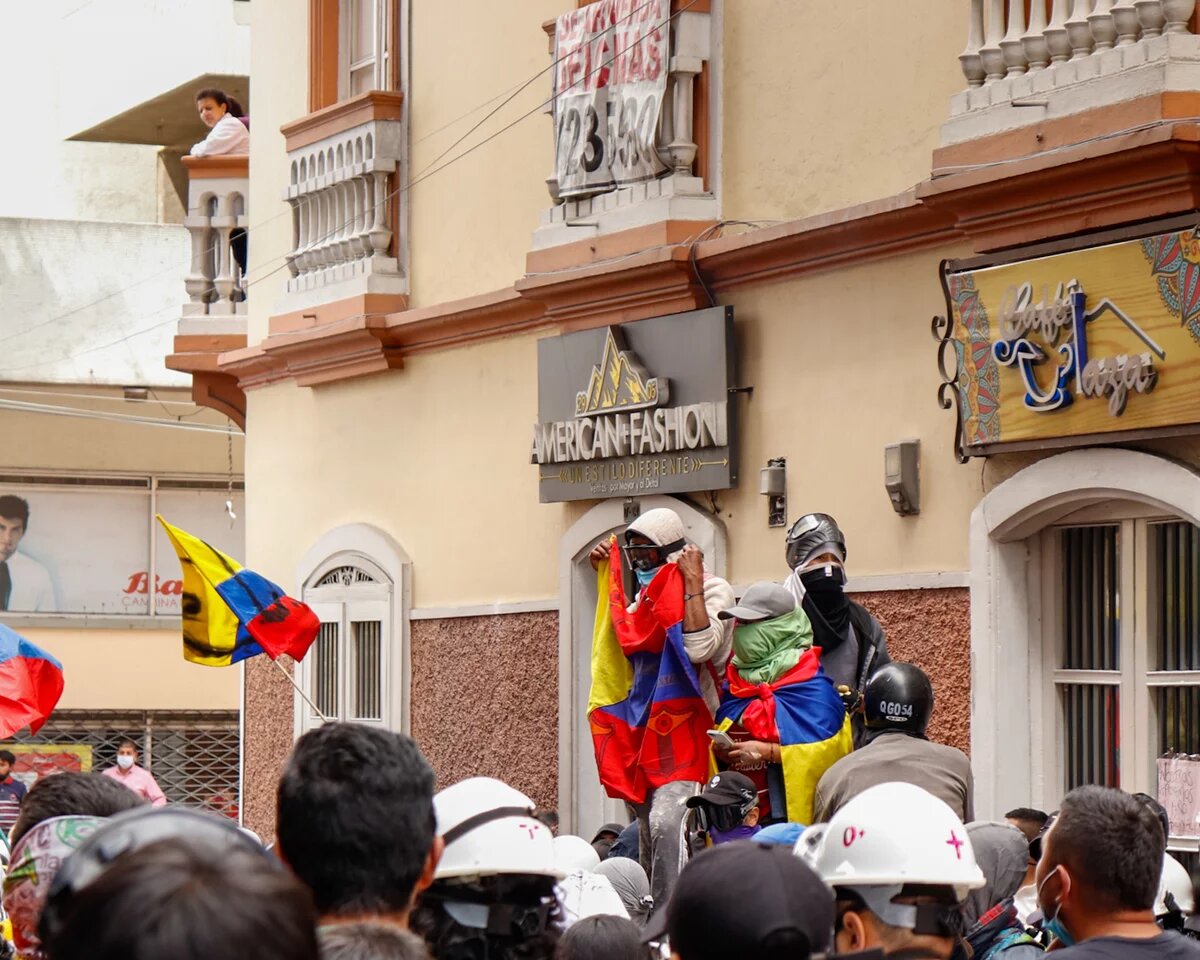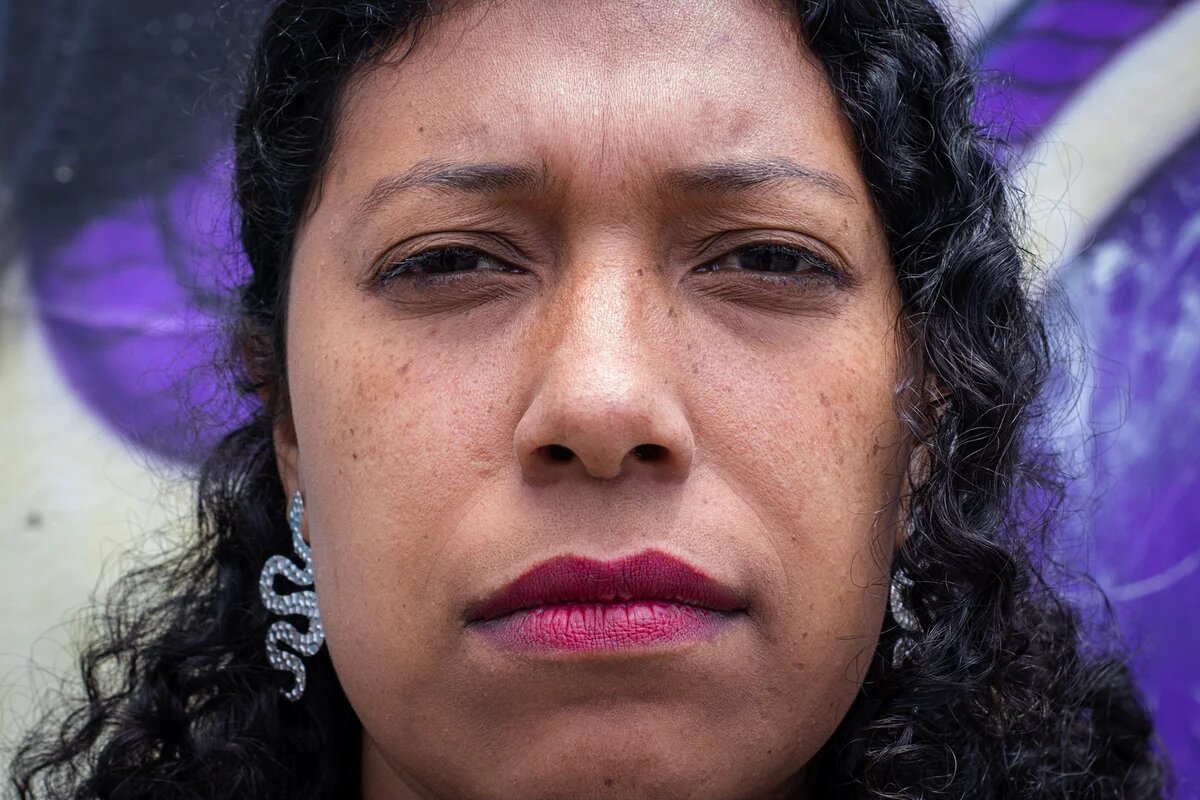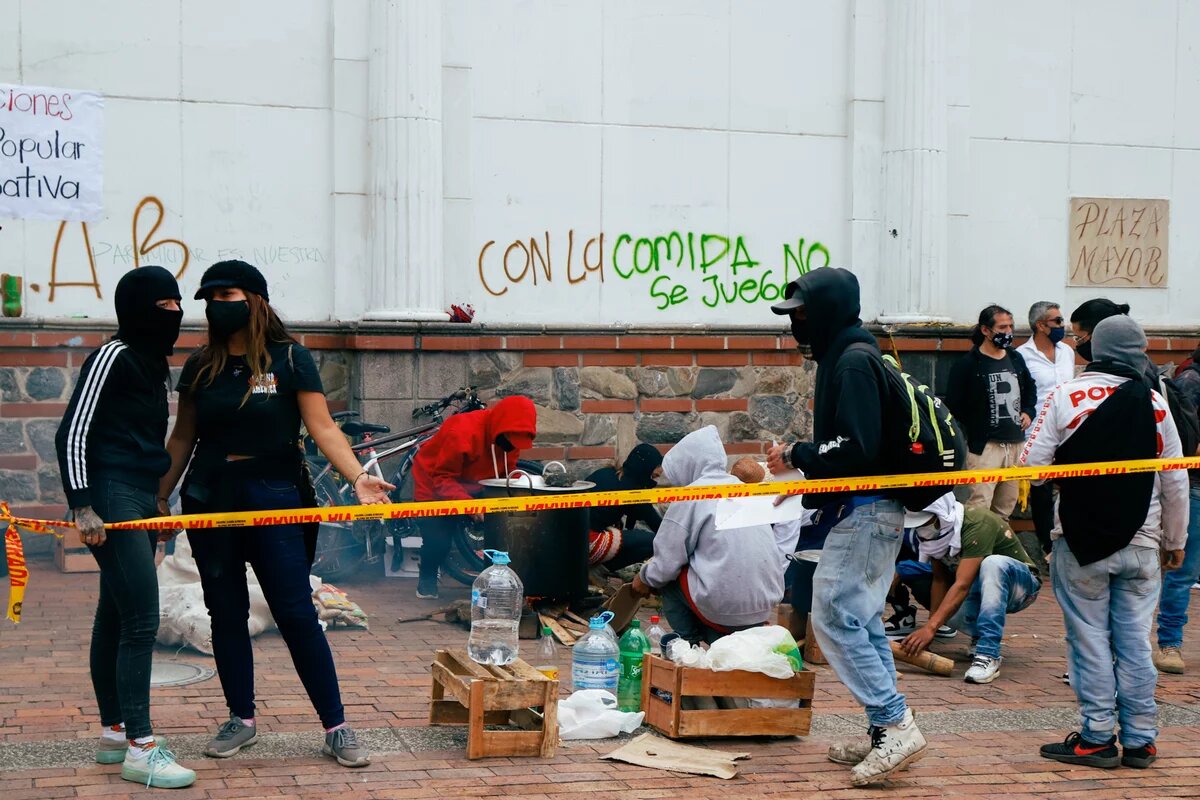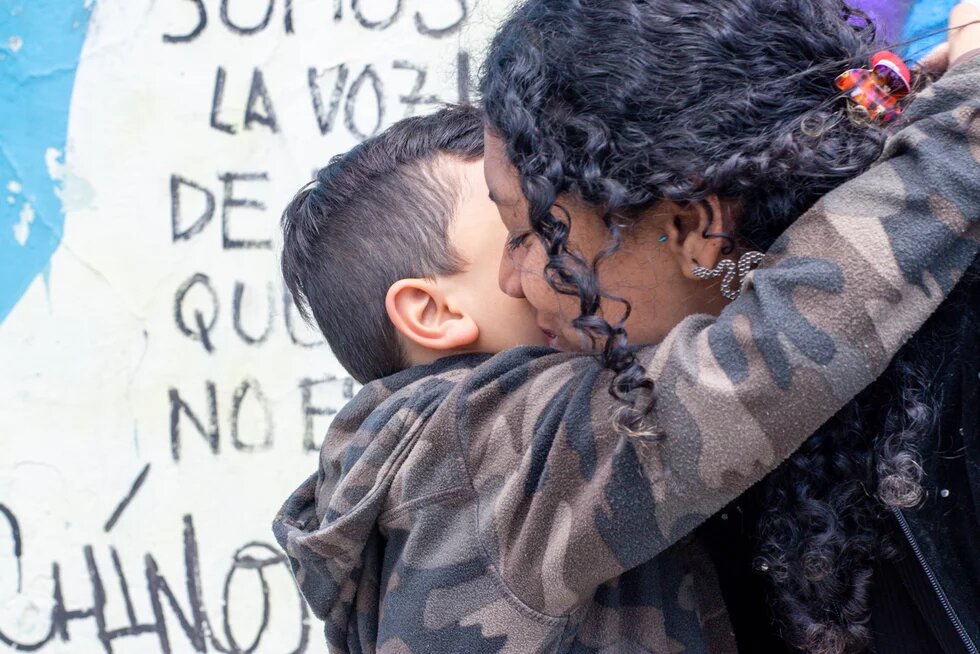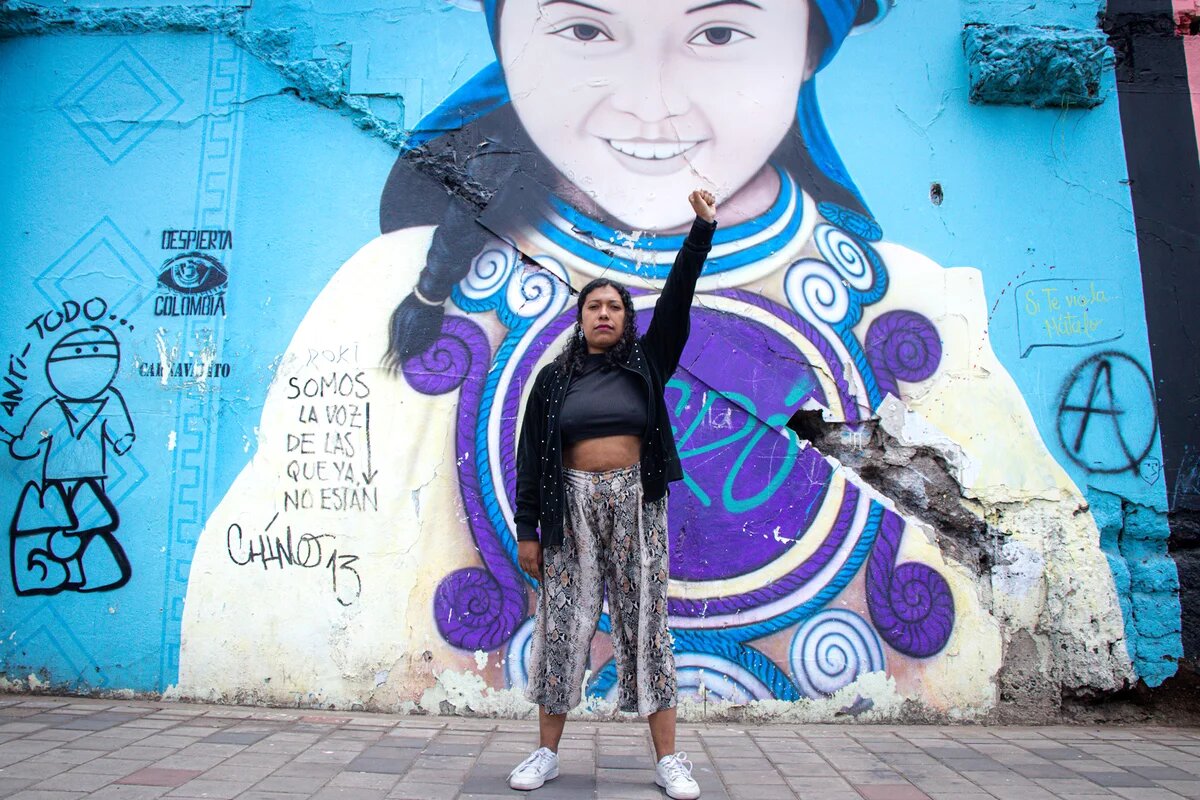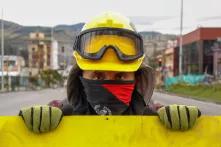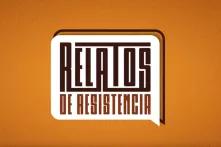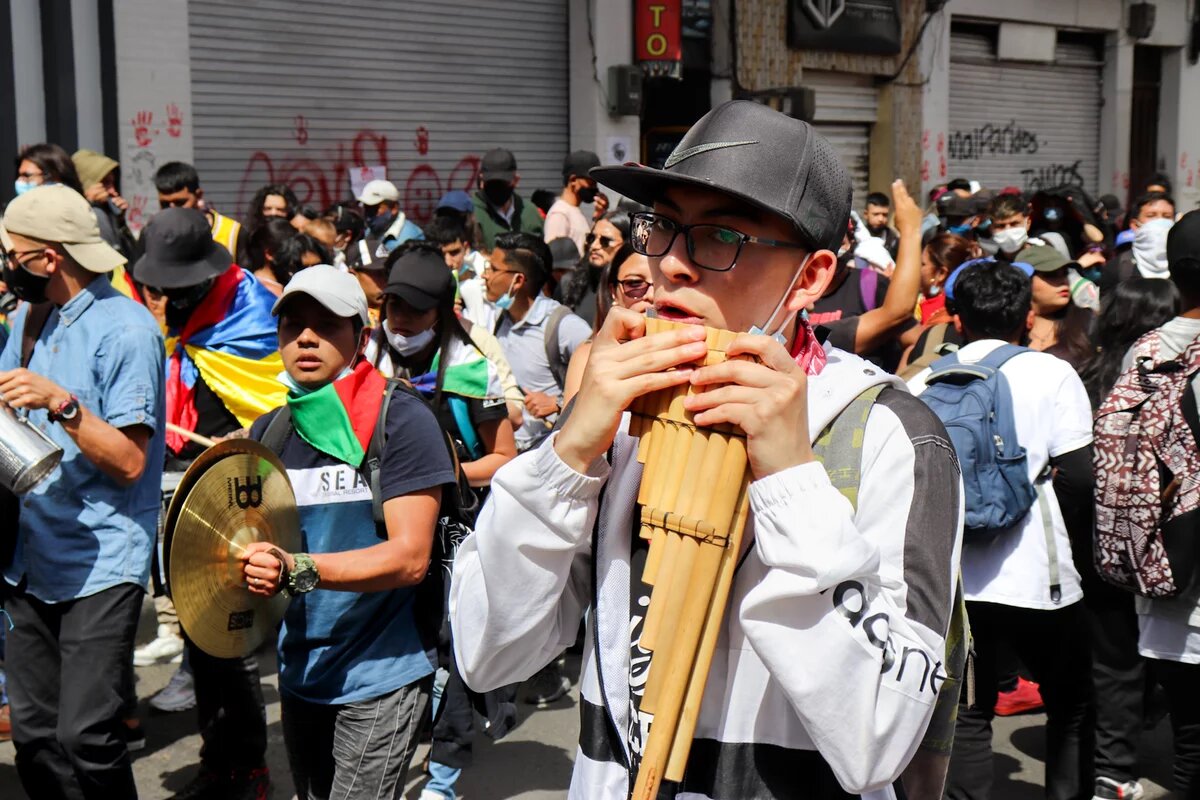
The 2021 national strike brought together young men and women from various sectors and social movements in urban and rural areas throughout Colombia, where they mobilized to carry out social protest. The systematic violation of human rights, lack of educational opportunities, unemployment, inequality, violent state repression and poverty are reasons why thousands of young people took to the streets and roads across the country to protest.
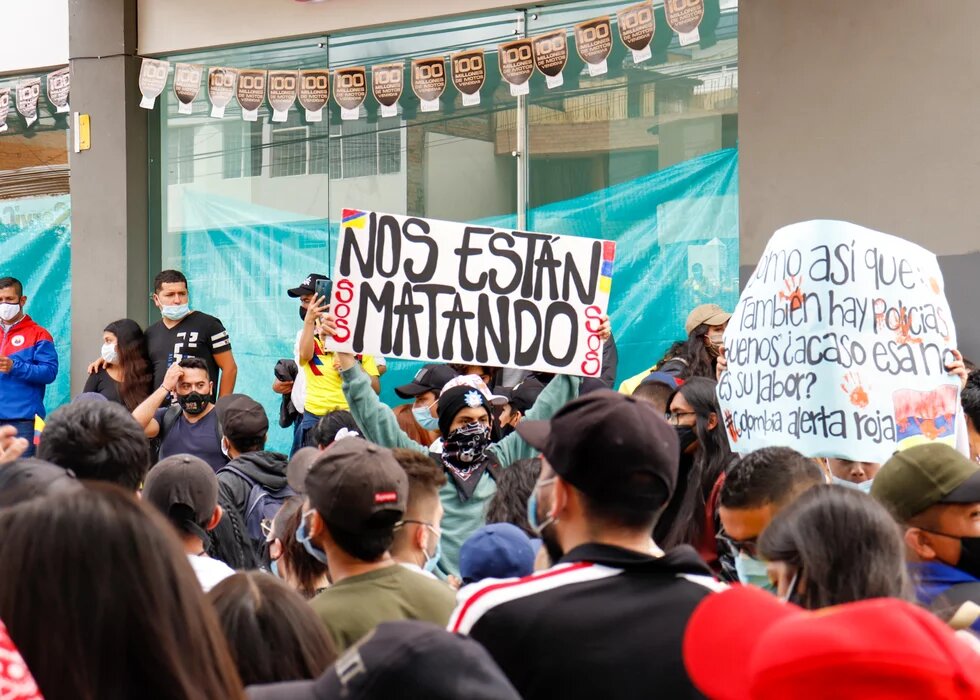
In the south of the country, specifically in the department of Nariño, the high level of participation by young people in the streets demonstrated the feeling of discontent towards the government of former president Iván Duque; there were scenes of intense confrontation between the youth of Nariño and the public authorities but also encounters involving dialogue, art and culture in urban and rural spaces.
In Nariño, in southwestern Colombia, one of the municipalities which involved youth organization and participation in the 2021 national strike was Leiva; Men and women mobilized from rural areas to block the country's main roads to express their social discontent with the critical situation faced by Colombia at the time; Mojarras was the blockade point on the Pan-American Highway that the community of Leiva joined.
The participation of everyone was important because of the mutual support that emerged among the various sectors of society. Aldair is a young farmer, 27 years old, and has been involved in the promotion of human rights and a decent quality of life for his community for several years. Like many other young people, Aldair did not have the opportunity to study a professional career, but thanks to many community processes, he has been trained as a youth leader who serves his community.
In the national strike of 2021, the contribution of young people when it came to mobilisation, resistance and communication was valuable and well received by older generations; the young people demonstrated that they are prepared to speak out for their community and the social processes that affect it. Like many other young people, Aldair seeks change through ideas and words, a change that will benefit all the inhabitants of his community.
This strike was characterized by effective coordination and organization on the part of community leaders and the participation of youth leaders; there were ideological discussions, meetings between the leaders and their community, and meetings between leaders or representatives and the institutions. Through these dialogues, it was possible to recover the Hogar Juvenil Campesino de Leiva, a youth home that is currently being restored for habitation through minga community work. This home is intended to provide a meeting place for the inhabitants of the community, a place to discuss new ideas focused on continuing to build a solid foundation for participation, solidarity, coexistence and economy in the community of the municipality of Leiva.
In each minga, the villagers have managed to improve the space by weeding, cutting grass, cleaning, painting the walls, fixing roads, and erecting fencing around the grounds of the youth home. This is their gain, they know that it is a space that belongs to everyone and therefore must be taken care of by everyone as well.
Every meeting, every minga is an opportunity to strengthen a sense of community, a sense of solidarity and empathy. They also recognize themselves as members of a community and take their rightful place within it.
Yuly attends the mingas organized by her community and collaborates in the activities that are delegated to her. She is a young woman, shy, but very cheerful; She joined other women who mobilised to support the blockade point on the Pan-American Highway in Mojarras by collecting food and cooking for all their companions.
“If we are organized, we can do many things to meet the needs and respond to the challenges in this area,” says Edwin, a farmer and vice president of the community action board of the village of El Bosque, in the municipality of Leiva.
Edwin is a young man who decided to mobilize in the National Strike of 2021 together with his community. Through a rural assembly, the community organized and supported the peaceful mobilization from the rural areas.
Edwin was not able to access university education and knows that it is difficult for young farmers to access it. This was one of the reasons he mobilized and he considers that higher education is a challenge today.
The national strike bore fruit for his community. The municipal negotiation table, formed by all the presidents of the villages, was created, but the most important thing was to strengthen the community’s cohesiveness through leadership, ideas, meetings and the recognition that everyone is part of a society and has a valuable role within it.
Meyer is 30 years old and is president of the Junta de Acción Comunal of the El Placer neighborhood. Through a rural assembly, he and his community decided to move to the roads in order to support the mobilizations taking place in the capital cities. Youth participation was the most important result of the national strike because the young people in their community knew that their opinions were valid, so they participated in the arena for dialogue and contributed ideas for the development of their community.
Lis is a graphic designer and animal lover who has worked in community spaces with women and children. In the national strike of 2021, she promoted spaces for meetings, communication and dialogue to give visibility to youth actions in her municipality. For her, the most important achievements were the support extended to the union and community, in her own words “the recognition that we are everywhere, but that we are united in going down the same path”.
The participation of women in all the community processes was important because it represented the first time that women could speak from a feminist perspective, articulating their feelings and their ideas in communities that have historically been led by men. Lis participated in these spaces in which women organized themselves and decided to participate in the national strike by collecting food and first aid items. These community processes created by and for women continue to try to integrate other women and children to remain and empower them.
Samaniego is another municipality in the department of Nariño in which youth processes are working on social resistance to the violence they have historically encountered. Several men and women are engaged in work that will hopefully culminate in a climate of peace that takes care of all the inhabitants.
One of the women who has dedicated her time and effort to the struggle for human rights is Salomé. She is a Municipal Youth Councillor, part of the Municipal Youth Platform, of the Rebel Youth in Nariño and she represents her community in the role of youth leader and defender of human rights. She is also a member of the 15th August Youth Movement, a movement founded in tribute to the 8 young people who were massacred on the same date in 2020.
In the municipality of Samaniego, mobilizations were carried out simultaneously with those throughout Colombia. An information tent was set up in the main park to provide information about the national strike and the community also decided to mobilise at other road blockades (El Espino and Tangua). Salomé worked as a human rights defender, demanding from the security forces respect and guarantees to allow social protest.
Along with her community, she learned about self-survival, care for the well-being of each companion and respect for the environment in which they were exercising their right to demonstrate; The national strike resulted in the empowerment of the spaces for participation by young people.
In Pasto, the capital of the department of Nariño, young people gathered in spaces dedicated to protest, dialogue, and community assemblies. The young people took to these spaces to demonstrate their social discontent through art and culture.
During the protracted period of mobilization, numerous women's groups felt the need to support their companions on the front line in some way and began to recognize their needs and that is how the idea of organizing community kitchens to feed the young men and women on the front line was born.
These community kitchens started from scratch and the women who organized them were responsible for procuring their own resources so that they could be maintained throughout the national strike. Estefania is a young singer and mum who actively participated in the feminist community kitchen.
The community kitchen was an exercise in caring, in promoting food as a basic human priority, but also in caring for the lives of fellow humans.
The community kitchens represented a meeting place for the people who mobilized, feeding at least 700 people each day, including front-line members, street dwellers, the migrant population, street vendors, human rights defenders, first aid personnel and general participants in the mobilization. This space became a place where need, hunger and precarious living conditions in society were recognized, and it became clear that these social problems had been swept under the carpet. The existence of community kitchens signified resistance.
Estefania participated in the mobilization, attending cultural spaces and engaging in dialogue, often attending with her son Isam. In the face of this, a caring environment was created for her child by her companions. Mobilization as a mother means having to return home safe and sound in order to be able to go out again the next day to demand a better quality of life, and opportunities for one’s own children and the children of others.
In the national strike of 2021, many women were violated by the police forces, but also by their own companions at the mobilizations; For these reasons, environments characterised by care and support were created among women, and they would accompany each other and stay together until they arrived home safe and sound.
The national strike was a vehicle of resistance that cost the lives of many people, marked the recent history of Colombia and left those who had mobilized with some somber reflections. Without the participation, resistance and perseverance of thousands of young people throughout the country, this mobilization would not have been possible and that is why it is of vital importance that the world knows the stories of resistance of the people who participated in this national outpouring of protest.
The future for everyone is promising because citizens from the grassroots of rural and urban communities will continue to work to improve living conditions and ensure a dignified life for the millions of inhabitants who share the physical space known as Colombia.
It’s time for the youth.
This photo story was produced with the support of the Global Support for Democracy Unit of the Heinrich-Böll-Stiftung European Union. It is part of the dossier "Youth & democracy in Latin America. Young voices on the rise".

